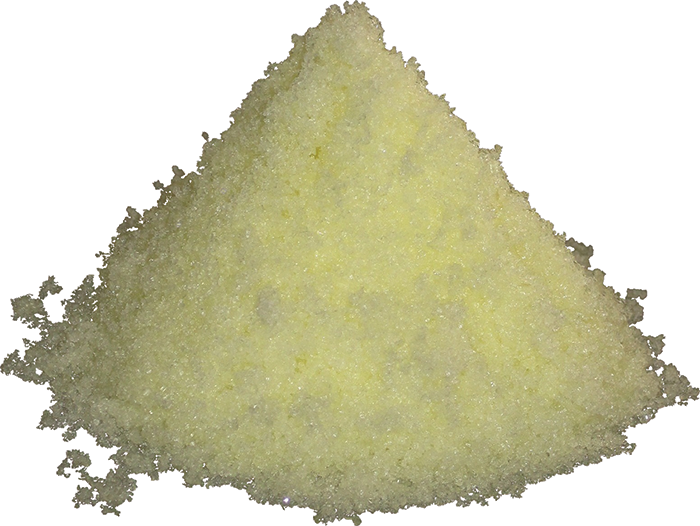Advertisement
Grab your lab coat. Let's get started
Welcome!
Welcome!
Create an account below to get 6 C&EN articles per month, receive newsletters and more - all free.
It seems this is your first time logging in online. Please enter the following information to continue.
As an ACS member you automatically get access to this site. All we need is few more details to create your reading experience.
Not you? Sign in with a different account.
Not you? Sign in with a different account.
ERROR 1
ERROR 1
ERROR 2
ERROR 2
ERROR 2
ERROR 2
ERROR 2
Password and Confirm password must match.
If you have an ACS member number, please enter it here so we can link this account to your membership. (optional)
ERROR 2
ACS values your privacy. By submitting your information, you are gaining access to C&EN and subscribing to our weekly newsletter. We use the information you provide to make your reading experience better, and we will never sell your data to third party members.
Synthesis
A Better Route To Peroxynitrite
Inorganic chemists have devised a better way to make O=N–O–O-, a key reagent used in cell-signaling and toxicology studies
by Stephen K. Ritter
December 15, 2008
| A version of this story appeared in
Volume 86, Issue 50
Inorganic chemists at the Swiss Federal Institute of Technology, in Zurich, have devised a simple method for making high-purity aqueous solutions of peroxynitrite, O=N–O–O???, a key reagent used in cell-signaling and toxicology studies (Chem. Res. Toxicol., DOI: 10.1021/tx800279n). Peroxynitrite is formed in vivo from superoxide and nitric oxide radicals. As a natural oxidizing and nitrating agent, it is a mediator of cell signaling, but at high concentrations, it can be toxic to cells. A handful of synthetic methods exist for making peroxynitrite to use in lab studies, but in all cases the product ends up contaminated with an impurity, such as nitrate or peroxide. The tetramethylammonium salt (CH3)4N[ONOO] is commercially available at the needed purity, but the ammonium cation can interrupt cell membrane processes, which precludes its use in most cellular studies. ETH Zurich's Willem H. Koppenol and coworkers came up with a way around these synthesis problems: They made LiONOO and NaONOO, stabilized in LiOH and NaOH, respectively, by passing a solution of (CH3)4N[ONOO] through a cation-exchange chromatography column.





Join the conversation
Contact the reporter
Submit a Letter to the Editor for publication
Engage with us on Twitter